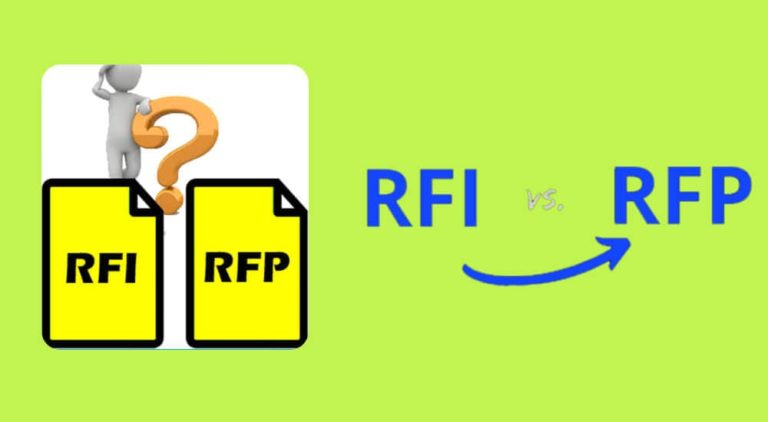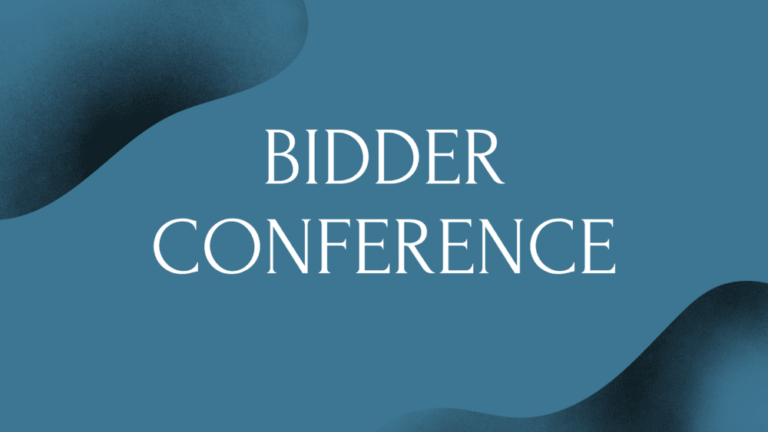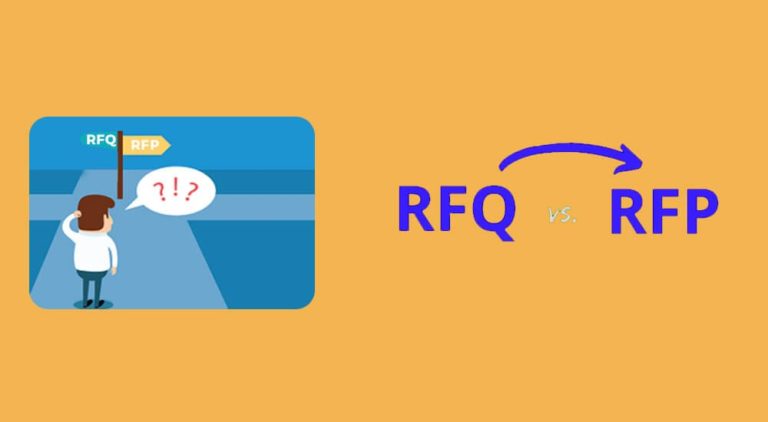Every project manager is keenly aware of the importance of contracts. A project is a contract between the client and your organization. You may also have additional contracts with suppliers and subcontractors.
Today’s blog post will investigate contract types and when you should use each one.
Let’s get started.
What is a Contract?
Definition: A contract is a mutually binding agreement that obligates the seller to provide the specified product, service, or result and obligates the buyer to pay for it. A legally binding contract is in written form and signed by all parties. It involves an exchange of goods or services for monetary compensation.
A contract forms the legal relationship between entities, provides the framework, defines the relationship, and outlines how a failure by one side will be addressed and resolved in court if necessary.
How a Contract is Made: End to End Journey
- First, bid documents (which will contain legal terms and the scope of work) are sent to prospective sellers or float publicly.
- Prospective sellers review the bid documents, assess risks, the scope of work, and submit a proposal if interested.
- Sometimes, the buyer hosts bidder conference meetings in which all prospective sellers are invited to ask any questions before the proposal deadline.
- All questions should be in writing and should relate to bid documents; the responses will be shared with all prospective sellers.
- All received proposals will be reviewed and shortlisted by the buyer.
- Negotiations will take place with the shortlisted sellers. Ideally, this is a win-win for both buyer and seller, forming a longer-term professional relationship.
- Finally, a seller will be selected, and the contract will be signed.
- While the work is getting done, the contract is managed to verify what is in the contract’s scope and what each particular section of the contract means.
- If any new requirements arise that are not part of the original contract, that will be handled differently through a change control management system.
- Once procurement is completed and the buyer accepts deliverables, lessons learned are documented.
- Lastly, final payments are made, and the contract is closed.
Contract Document Content
- Management strategy and the description of work to be done by the contractor are well documented.
- Contract terms and information on the legal relationship between the buyer and the contractor.
- The contract will have time, cost, quality, and project management requirements.
Different Types of Contracts
- Fixed-price contracts: Fixed-price contracts are used when you have a well-defined scope of work. Fixed-price contracts include firm fixed price (FFP), fixed-price incentive fee (FPIF), and fixed price with economic price adjustment (FP-EPA), among others.
- Cost-reimbursable Contracts: This category of contracts involves payments to the seller for actual costs incurred for completing the work, plus a fee representing seller profit. These contracts are often used when the project scope is unclear or subject to frequent change. Cost-reimbursable contracts include cost-plus award fee (CPAF), the cost-plus fixed fee (CPFF), and cost-plus incentive fee (CPIF).
- Time and materials (T&M): This contract establishes a fixed rate but not a precise statement of work. It can be used for staff augmentation, subject matter expertise, or other outside support.
- Indefinite delivery indefinite quantity (IDIQ): This contract provides an indefinite quantity of goods or services, with a stated lower and upper limit, and within a fixed period. These contracts can be used for architectural, engineering, or information technology engagements.
- Other agreements: Other types of agreements include a memorandum of understanding (MOU), memorandum of agreement (MOA), service level agreement (SLA), and basic ordering agreement (BOA), among others.
More Contract Types in Agile
In Agile, customer collaboration over contract negotiation is the key principle. Furthermore, depending on the project situation, you can pick different contract types for Agile projects.
- Development in Phases Contract: This contract makes funding available each month or each quarter after a release is successfully completed. This incentivizes both customer and supplier and ensures that the monetary risk of the customer is limited to that particular period since unsuccessful releases are not funded.
- Incentive and Penalty Contract: This contract is based on the agreement that the supplier will be rewarded with a financial incentive if the project’s products are delivered on time but will incur financial penalties if the delivery is late.
- Incremental Delivery Contract: This contract includes inspection points at regular intervals. It helps the customer or stakeholders make decisions regarding product development periodically throughout the project at each inspection point. The customer can either accept the development of the product, decide to stop the development of the product or request product modifications.
- Joint Venture Contract: This contract is generally used when two or more parties partner to accomplish the work of a project. All parties earn a return on investment because the benefits will be shared between the parties.
How to Select a Contract?
The project manager chooses the contract that suits the project needs while preparing bid documents. The following factors will be considered in selecting a contract type:
- What is being purchased?
- The completeness of the Statement of Work
- The level of effort and expertise the buyer can devote to managing the seller
- Whether the buyer wants to offer the seller incentives
- The marketplace or economy
- Industry standards for the type of contract used
Though the buyer proposes the type of contract, the final contract type is subject to negotiation with the seller.
The Importance of Contracts
Scenario One: Company A has signed a contract with company B for work, and company B subcontracted it to company C. Due to some quality issues, company A asked company C to stop the work immediately. However, company C didn’t stop the work. Because there is no contractual relationship between company A and company C. Company A has to talk to company B in this case.
Scenario Two: Your organization has given a software contract to a contractor and assumed that the contractor would release the software’s latest changes weekly. But the contractor is not doing so. Upon enquiring, you find it is a Fixed-Price Contract that doesn’t promise to release software every week. Examples like this are plenty, and the risks are high, especially if projects are given on contract, so choosing the appropriate type of contract is crucial.
Scenario Three: The Reliance Future / Future Retail deal in India. Future Retail agreed to be sold to Reliance Future. However, Amazon intervened, stating that this deal was not valid because Amazon had invested in Future Retail Coupons. Because of the contract agreement, Future Retail cannot be sold to Amazon’s competitors. As per the contract terms and conditions, Amazon should approach an independent body (Singapore Arbitrary court) in case of any dispute. Ultimately, the Singapore Arbitrary Court ruled in favor of Amazon.
These scenarios demonstrate the importance of contract terms which can break or even shut down the business if something goes wrong.
Conclusion
These days, organizations routinely use contracts to outsource non-core business activities so they can focus on what they do best. Contact selection depends on the requirements and available scope details. With a complete scope of work, a fixed-price contract will be suitable, and when no details on the scope of work is available, a cost-reimbursable contract is a better choice. Time and material contracts are a hybrid of these two contracts and are used for hiring expert services.
Are you dealing with contracts in your organization? If yes, please share your experience with it through the comments section.

I am Mohammad Fahad Usmani, B.E. PMP, PMI-RMP. I have been blogging on project management topics since 2011. To date, thousands of professionals have passed the PMP exam using my resources.








As a general contractors in Georgia, i found this article relevant and important, thanks for the info